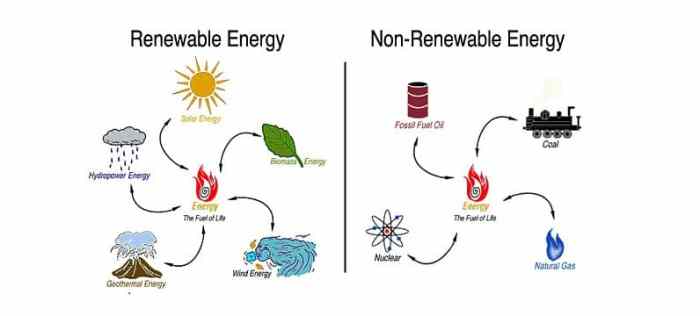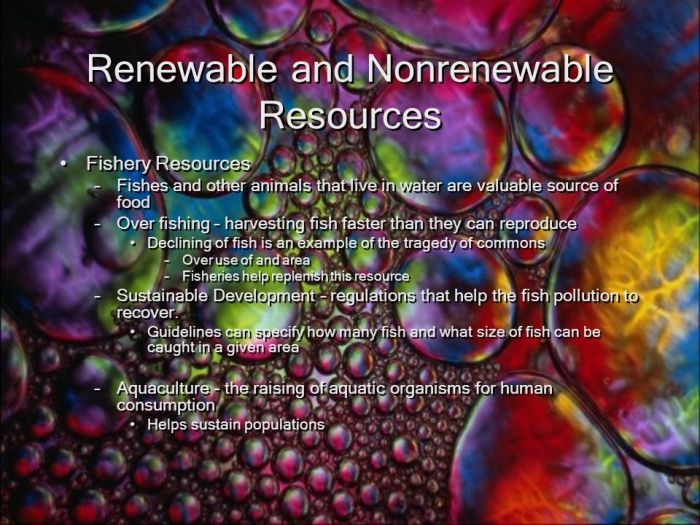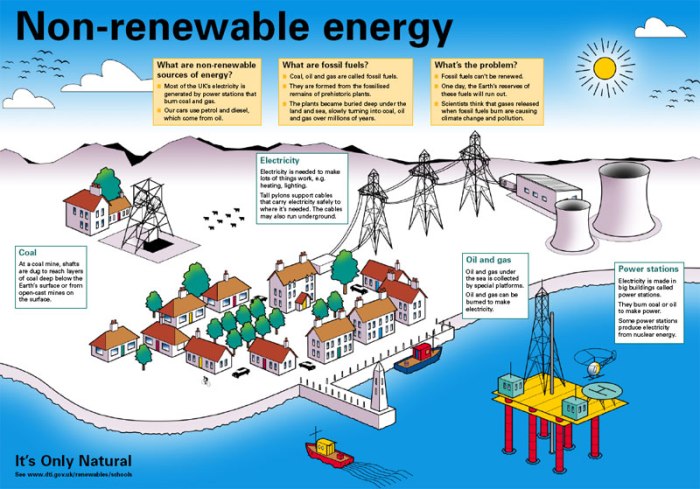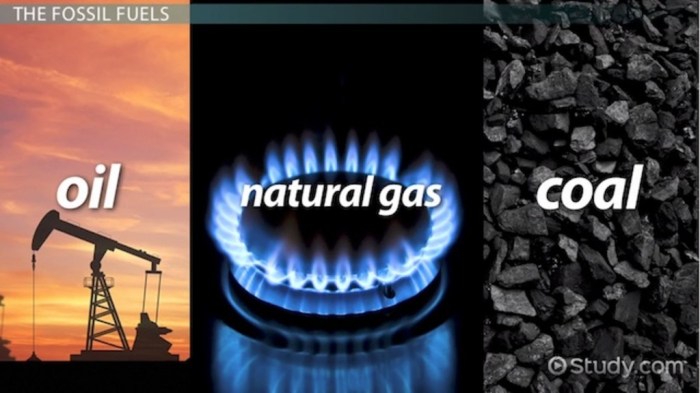The use of nonrenewable resources can help sustain poverty levels. This is a controversial topic that has been debated for many years. However, there is evidence to support this claim. For example, a study by the World Bank found that countries that rely on nonrenewable resources for their economic growth have higher poverty rates than countries that do not.
There are several reasons why nonrenewable resources can help sustain poverty levels. First, nonrenewable resources can provide a source of income for people who live in poverty. For example, people who live in areas with large coal deposits can sell coal to power plants and other businesses.
This income can help people to meet their basic needs, such as food, shelter, and clothing.
Economic Implications

The utilization of nonrenewable resources has profound economic implications that can significantly impact growth and development.
Job Creation and Stability
- Nonrenewable resource extraction and processing can create employment opportunities in industries such as mining, oil and gas production, and manufacturing.
- However, these jobs are often subject to fluctuations in resource prices and market demand, leading to job losses and economic instability.
Economic Dependency
- Countries heavily reliant on nonrenewable resource exports can experience economic vulnerability when resource prices decline or demand diminishes.
- This can lead to economic stagnation, currency devaluation, and increased foreign debt.
- Examples include Venezuela, Nigeria, and Saudi Arabia, which have faced economic challenges due to their dependence on oil exports.
Environmental Consequences
The extraction and use of nonrenewable resources have significant environmental impacts that can harm ecosystems and human health.
Air and Water Pollution
- Mining and extraction activities can release harmful pollutants into the air and water, including sulfur dioxide, nitrogen oxides, and heavy metals.
- These pollutants can contribute to respiratory problems, water contamination, and biodiversity loss.
Land Degradation
- Surface mining and oil extraction can disrupt ecosystems and degrade land, leaving behind scars and contaminated soil.
- This can reduce agricultural productivity, disrupt wildlife habitats, and impact local communities.
Climate Change
- The combustion of fossil fuels, a major source of nonrenewable energy, releases greenhouse gases that contribute to climate change.
- Climate change can lead to extreme weather events, sea-level rise, and other environmental challenges.
Social and Health Impacts

Nonrenewable resource use can have negative social and health impacts on communities.
Health Risks
- Mining and extraction activities can expose workers and nearby residents to hazardous substances, including dust, chemicals, and heavy metals.
- These exposures can lead to respiratory illnesses, cancer, and other health problems.
Social Disruptions
- Large-scale resource extraction projects can disrupt local communities, displacing residents and altering traditional ways of life.
- This can lead to social conflicts, cultural loss, and economic inequality.
Alternative Energy Sources

Renewable energy sources offer a viable alternative to nonrenewable resources, helping to mitigate their negative impacts.
Advantages of Renewables
- Renewable energy sources, such as solar and wind power, are clean, sustainable, and can reduce greenhouse gas emissions.
- They can also provide energy independence and create new economic opportunities.
Disadvantages of Renewables
- Renewable energy sources can be intermittent and require large-scale infrastructure, which can be costly to develop.
- They may also have limited availability in certain regions.
Policy and Regulations: The Use Of Nonrenewable Resources Can Help Sustain Poverty Levels
Government policies and regulations play a crucial role in managing nonrenewable resource use and promoting sustainability.
Environmental Regulations, The use of nonrenewable resources can help sustain poverty levels
- Environmental regulations can limit pollution, protect ecosystems, and ensure responsible resource extraction practices.
- Examples include air quality standards, water pollution controls, and land reclamation requirements.
Economic Incentives
- Governments can provide economic incentives, such as tax breaks and subsidies, to encourage the development and adoption of renewable energy technologies.
- This can help reduce reliance on nonrenewable resources and promote sustainable energy practices.
Public Awareness and Education

Public awareness and education are essential for promoting sustainable nonrenewable resource use.
Media and Education
- Media campaigns and educational programs can raise awareness about the environmental and social impacts of nonrenewable resource use.
- They can also promote responsible consumption and support for renewable energy alternatives.
Community Engagement
- Engaging local communities in decision-making and resource management can help ensure that nonrenewable resource development projects are sustainable and meet community needs.
- This can involve public consultations, environmental impact assessments, and community-based monitoring programs.
FAQ Section
What are nonrenewable resources?
Nonrenewable resources are resources that cannot be replaced once they are used up. Examples of nonrenewable resources include fossil fuels, minerals, and metals.
How can nonrenewable resources help sustain poverty levels?
Nonrenewable resources can help sustain poverty levels by providing a source of income for people who live in poverty. For example, people who live in areas with large coal deposits can sell coal to power plants and other businesses. This income can help people to meet their basic needs, such as food, shelter, and clothing.
Are there any drawbacks to using nonrenewable resources?
Yes, there are some drawbacks to using nonrenewable resources. One drawback is that nonrenewable resources are finite, which means that they will eventually run out. Another drawback is that the extraction and use of nonrenewable resources can damage the environment.